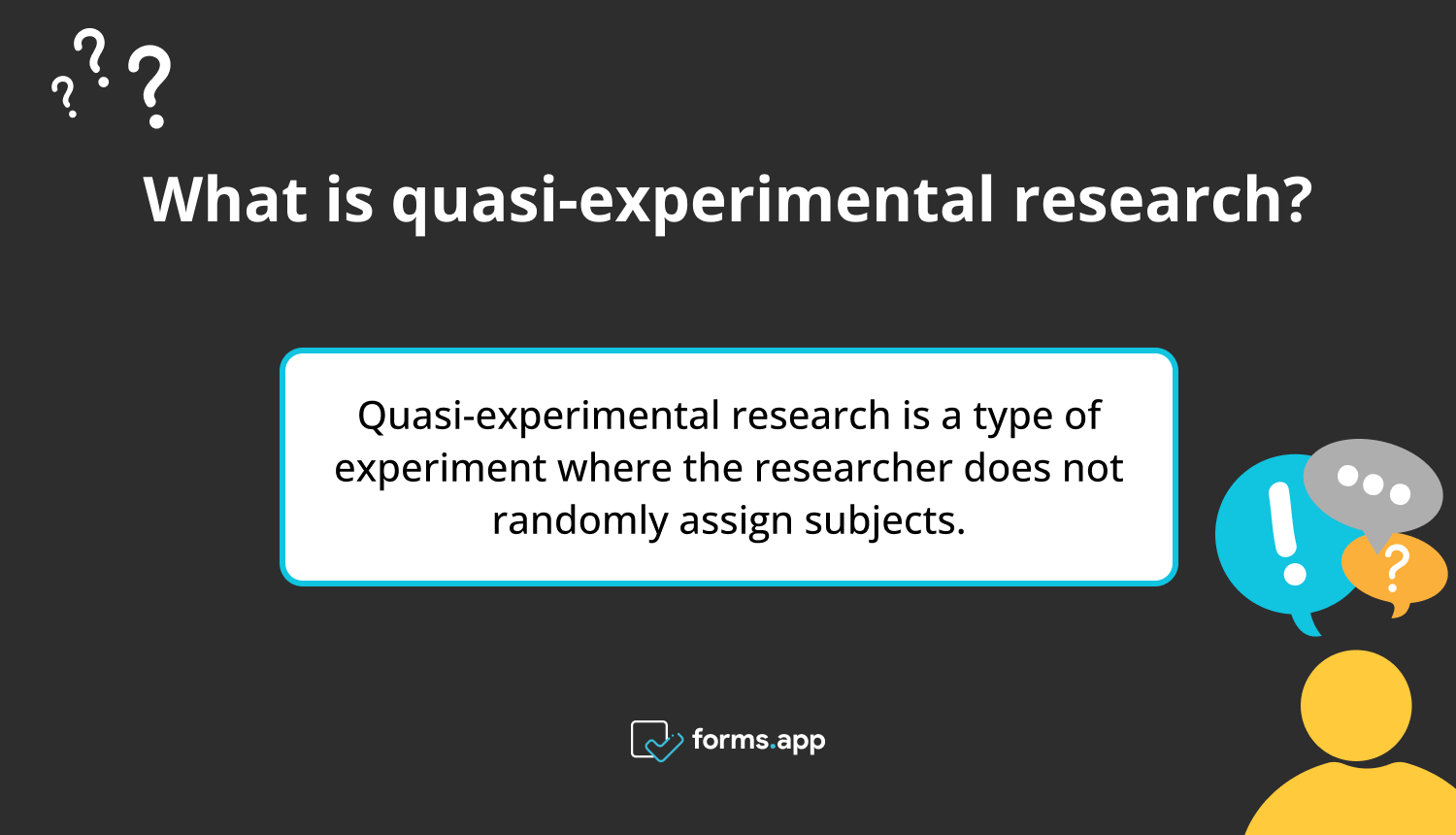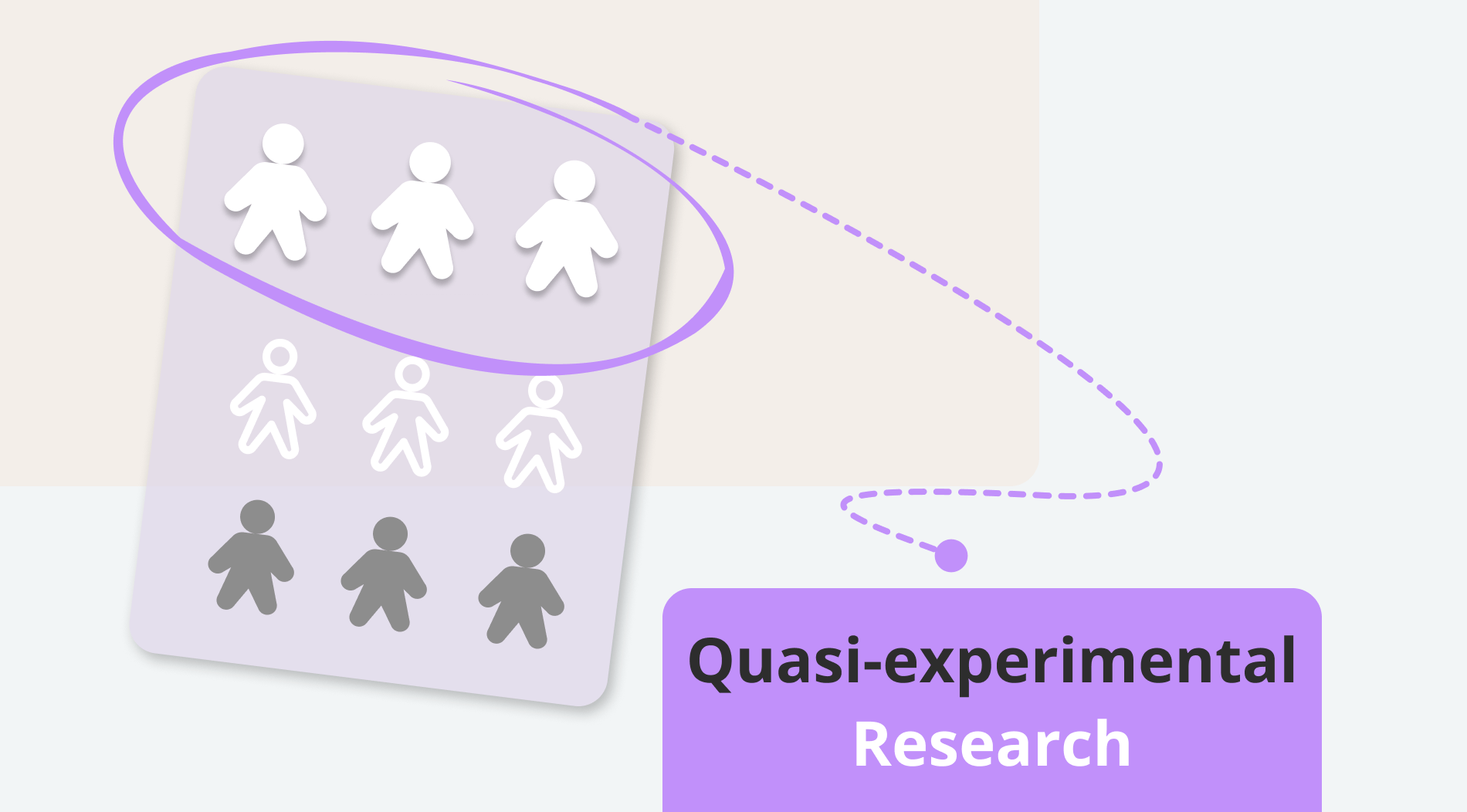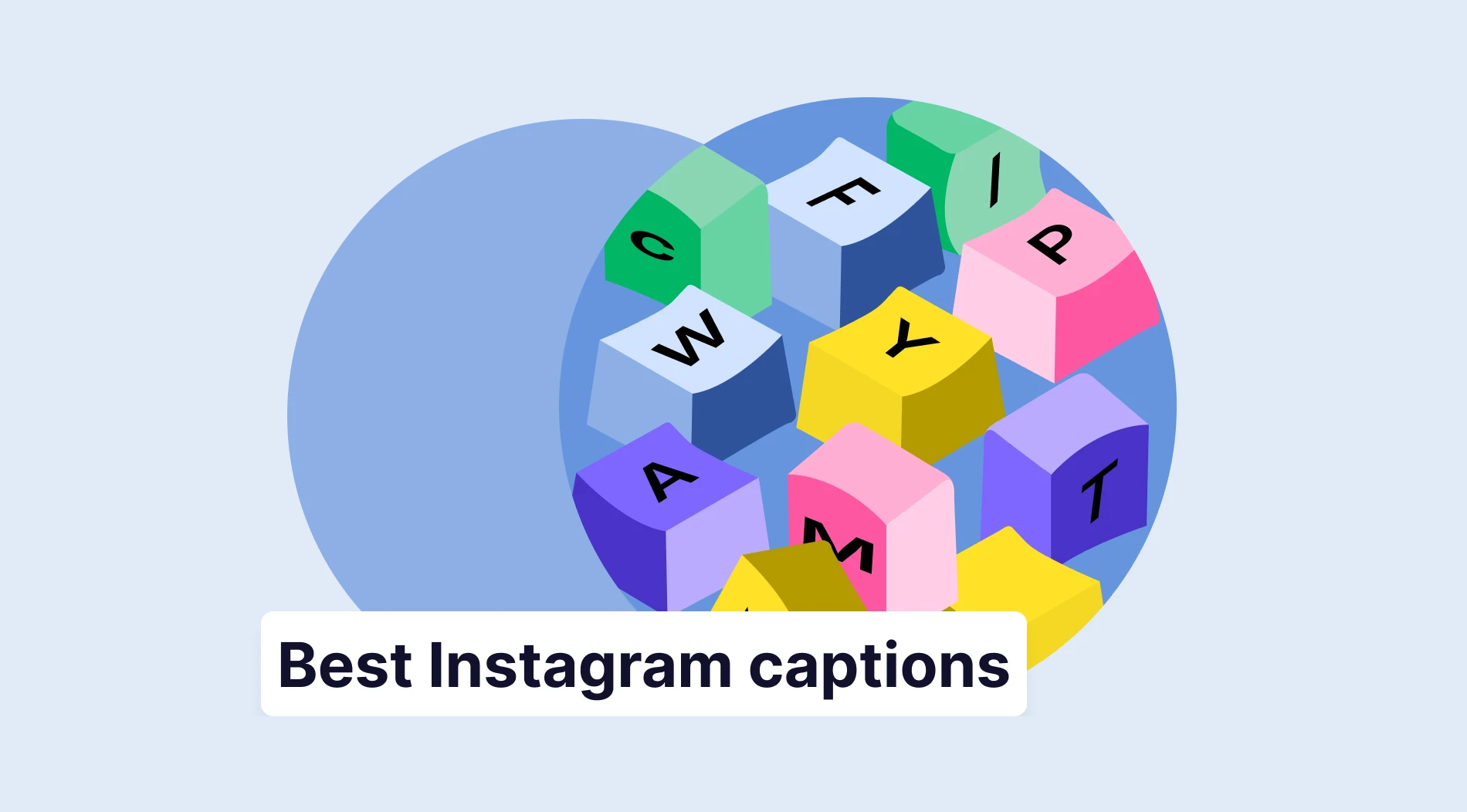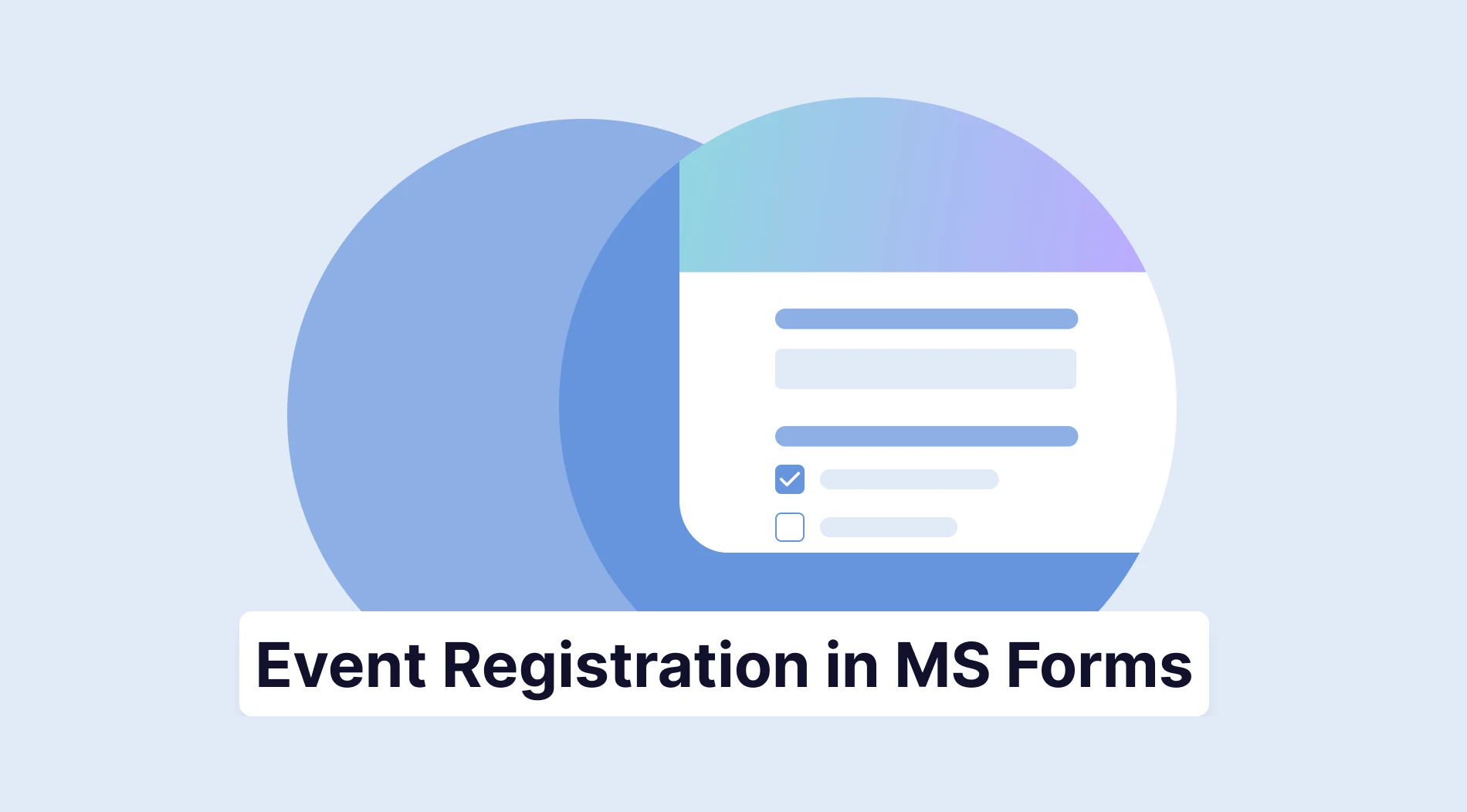According to the Cambridge Dictionary, the word quasi is “used to show that something is almost, but not completely, the thing described.” And as the name suggests, quasi-experiments are almost experiments because of the way they are conducted. What actually differentiates this type of experiment from true experimental research is the way the subjects are divided.
In a true experiment, sample groups are assigned to an experimental group and to a treatment group randomly. However, there are some studies in which the use of random assignment would not be possible because that would be unethical or impractical. These studies follow a quasi-experimental research design. Let us see exactly what is a quasi-experimental design and give some examples.
The definition of quasi-experimental research
Quasi-experimental research is a type of experiment where the researcher does not randomly assigns subjects. Rather, unlike a true experiment, subjects are assigned to groups based on non-random criteria. The researchers may manipulate an independent variable and observe the effect on a dependent variable. However, they cannot randomly assign participants to the groups being studied.
The reason for this could be a practicality issue or ethical rules, as you can not deliberately deprive someone of treatment or give them intentional harm. As a consequence, quasi-experimental research can suggest cause-and-effect relationships, but it can not do so with the confidence that true experimental research can.

What is quasi-experimental research?
Types of quasi-experimental research
Even though it is now quite clear that in quasi-experimental research, researchers do not randomly assign people to control or study groups. There are different aspects that let the experts divide people. These different types are called nonequivalent group design, regression discontinuity, and natural experiments. Here is an explanation of these types and some examples:

Types of quasi-experimental research
Nonequivalent groups design:
In true experimental research, the only variable that divides the two groups is the variable you want. However, in a quasi-experimental approach, the groups may have more than one difference as you can not study them and divide them equally and randomly. Therefore, this is the part where it makes this type nonequivalent. This is the most popular type as it is the one most fits the criteria.
Example of nonequivalent groups:
Let us say there is a new teaching method a school has implemented for its students. And, as a researcher, you want to know if this teaching method has a positive effect. As you can not divide the school in half as you would do in a true experimental design, you can go with pre-existing groups, such as choosing another school that does not implement this method.
Afterward, you can do the research and see if there is a major difference in the outcome of the success of students. However, as there are different confounding variables between the two groups, they could affect the outcomes. To minimize the differences, researchers would need to control for factors such as prior academic performance, student demographics, or teaching experience in their analysis.
Regression discontinuity:
Regression discontinuity means that the researcher does not randomly assign participants to a treatment and control group. Instead, this type of experiment relies on the presence of a natural threshold or dividing point. And only people above or below the threshold get treatment, while the other group does not. As the divide between the two groups is minimal, the differences between them would be minimal as well. Therefore, it provides a good starting point.
Example of regression discontinuity:
A good example of regression discontinuity would be researching the impact of giving financial aid to students who have more than a 3.0 GPA. Only the students whose scores are higher would receive financial aid, and students whose scores are just below 3.0 or similar would be included in the study as a second group.
Afterward, the next step would be to compare the two group’s outcomes (e.g., graduation rates, job placements, or incomes) to estimate the effect of the financial aid program. This is a good example of quasi-experimental research design and how to conduct them without interfering much.
Natural experiments:
Normally, in a true experiment, researchers assign people to either a control group or a treatment group. Instead, a random or irregular assignment of patients to the treatment group takes place in a natural experiment as an external scenario (“nature”). Natural experiments are not qualified as actual experiments because they are observational.
Example of natural experiments:
A birth control shot will be made available to low-income villages in third-world countries. And a number of villages want to receive the treatment for free. However, there are not enough stocks to get to everyone. In that scenario, the experts can do a random lottery to distribute the medicine.
Experts could investigate the program’s impact by utilizing enrolled villages as a treatment group and those who were qualified but did not get picked as an experimental group.
Applications of quasi-experimental research: When to use & how?
Although true experiments have a higher internal validity, sometimes it would be useful to conduct a quasi-experimental design for different reasons. As you can not deliberately withhold or provide some people with treatment, sometimes conducting an experimental study would be unethical. If there is a cure for an illness, you can not randomly assign people to receive the treatment or not. But, if there is a different reason why not everyone can get the same medicine, that gives you a place to start.
Secondly, conducting a true experiment could be unfeasible, too expensive, or too much work for it to be practical. If the researchers do not have enough funding or experimental subjects, a quasi-experiment could be helpful to do the research. And there are different approaches the researcher can take in an experiment like this.
Secondary Data Collection:
When doing any kind of research, it is a good way to start going through existing data, as someone may have done a similar study already. This can give you a pre-knowledge of what to expect. And it is quite an affordable option.
Online surveys:
Researchers can build online surveys to collect data from study participants in a short amount of time. They can also send periodic surveys to keep collecting data as time passes. It is a very effortless and affordable option, and the participants can answer questions anytime, anywhere.
Advantages and disadvantages of quasi-experimental research
Quasi-experimental designs have various pros and cons compared to other types of studies. It is up to the researchers and experts to decide whether to go with a true or quasi-experimental design. And it is important to remember that even though you want to have a true experiment, you can only do one for a variety of reasons. Now, let us go through some of the advantages and disadvantages.
✅Quasi-experimental designs often involve real-world situations instead of artificial laboratory settings, therefore, have higher external validity.
✅Higher internal validity than other non-experimental research types as this allows you to control for confounding variables better than other studies.
✅Because the control or comparison group participants are not randomized, the nonequivalent dependent variables in the research can be more controlled, targeted, and efficient.
✅Allows to make studies in areas where experimenting would be unethical or impractical.
✅When working on a tight budget, a quasi-experiment helps conclude without needing to pay as much for studies.
❌Lack of randomization makes it more challenging, or even impossible, to rule out confounding variables and their effect on the relationship that the research is about.
❌The use of secondary data already collected for other purposes can be inaccurate, incomplete, or difficult to access.
❌Quasi-experimental studies aren’t as effective in establishing causality.
❌Because a quasi-experimental design often borrows information from other experimental methods, there’s a chance that the data is not complete or accurate.
Conclusion
In conclusion, quasi-experimental is a type of experiment with its own advantages and disadvantages. It works as an option when doing a true experiment does not work because of different reasons. And online surveys and secondary data collection are good methods to go within this type of experiment. The best tool that can help with any research is forms.app!
forms.app is a great survey maker and is the helper everyone needs. It has more than 1000 ready-to-go templates and is very easy to use. You can check it out today and start doing your own research without any trouble!
Defne is a content writer at forms.app. She is also a translator specializing in literary translation. Defne loves reading, writing, and translating professionally and as a hobby. Her expertise lies in survey research, research methodologies, content writing, and translation.



